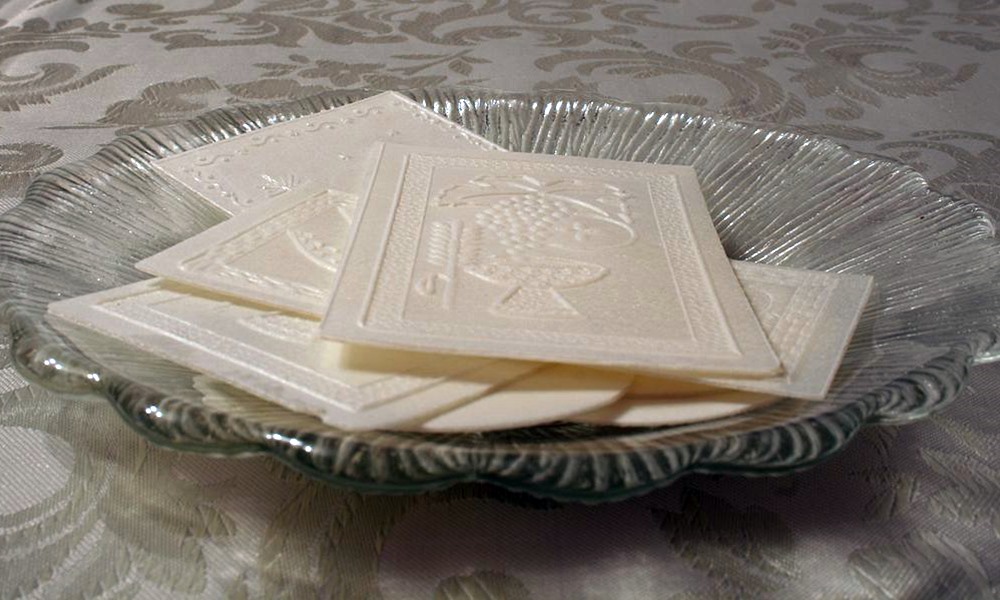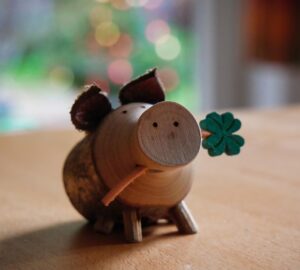Együtt a család.
Nem csak Lengyelországban, de a világ számos területén, főként ott, ahol lengyel gyökerekkel rendelkező családok élnek, tartják az oplatek (többes számban oplatki) tradícióját. Egy vékony ostyalapról van szó (ennek a neve oplatek), amelyet ilyenkor széttörnek (utalva a Jézus általi kenyértörésre) és egyfajta koreográfia szerint elosztanak. Tradicionálisan az ostyát magát az egyházközség osztja szét az adventi időszakban a hívek körében.
Az oplatek további, szorosabb kapcsolatot biztosít Isten és a család között.
Szenteste a család már türelmetlenül várja az első csillag megjelenését az égbolton, amely felidézi a betlehemi csillagot, ami megmutatta a Megváltó születését. Ezután kezdődik a karácsonyi vacsora. Az asztalt hagyományosan szalma és fehér abrosz borítja. Néhány házban ezt mindössze egy tányér jelzi, erre helyezik az oplatek-et, ez szimbolizálja a jászolban fekvő kis Jézust.
Az Apa (vagy a család legidősebb tagja) kezdi a ceremóniát, magához veszi az ostyát és tör belőle egy darabot, amit a feleségének ad. Amikor azt teszi, elmondhatja, hogy miért hálás, jó egészséget kíván neki vagy megbocsájtását kéri.
Az ostya megosztása a másikkal azt jelenti, hogy megoszt vele minden jót, ami az életében van.
Gyönyörű mozzanat: elmondom, hogy miért szeretlek, mit köszönök, hogy fontos vagy nekem – mindenki előtt. Ezután az oplatek körbejár, az idősebbtől a fiatalig, a végén kapja meg a legfiatalabb, és közben az elmúlt év sebei, feszültségei begyógyulnak.
Miután a kenyérkét széttörték, felszolgálnak némi ételt még az éjféli mise előtt, ami kihagyhatatlan a családok számára. Ez a szép tradíció túlélte a vérzivataros időket is, összekovácsolja és egyesíti a családokat.
Kiemelt kép: Diego Delso/Wikimedia Commons






